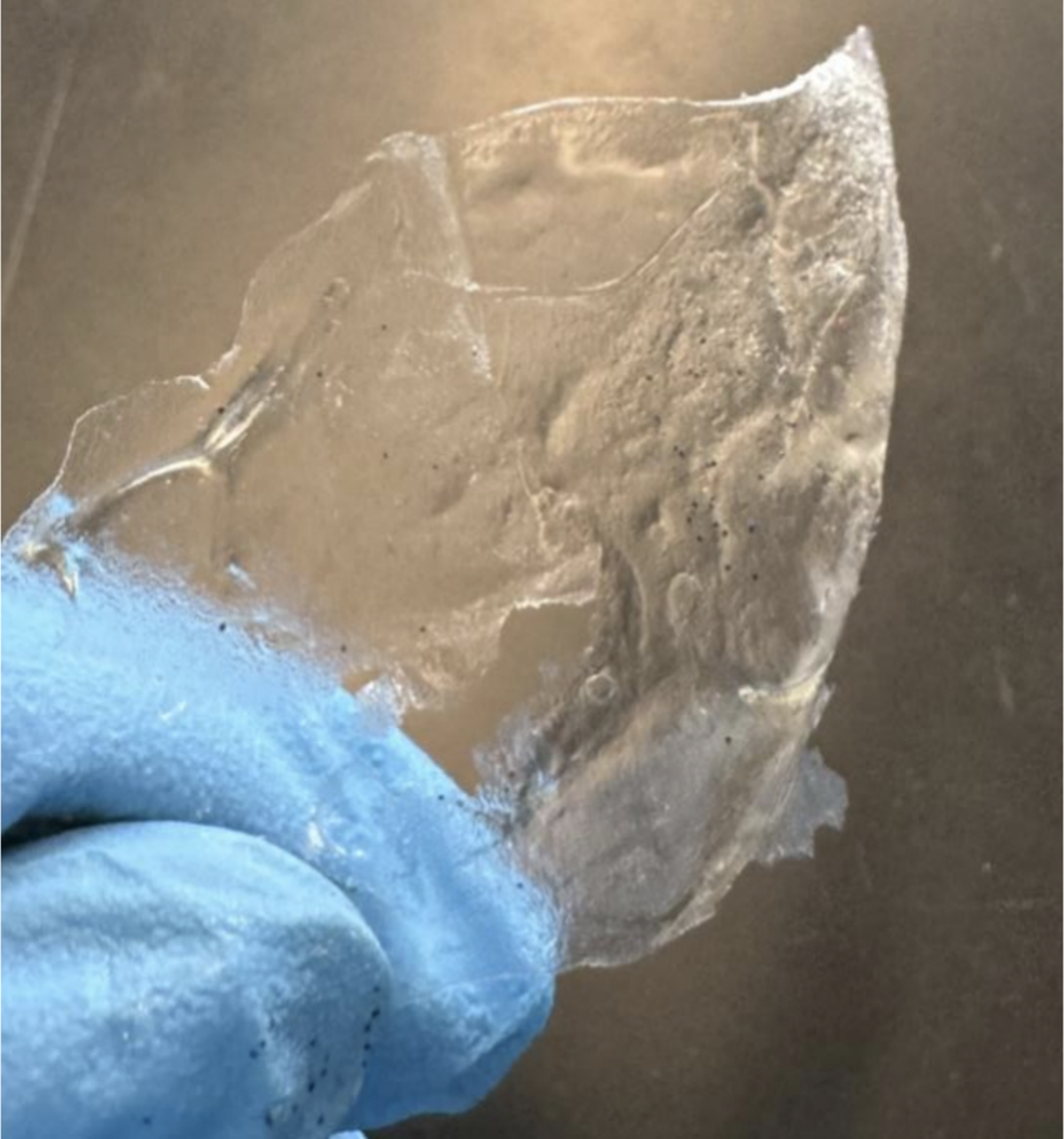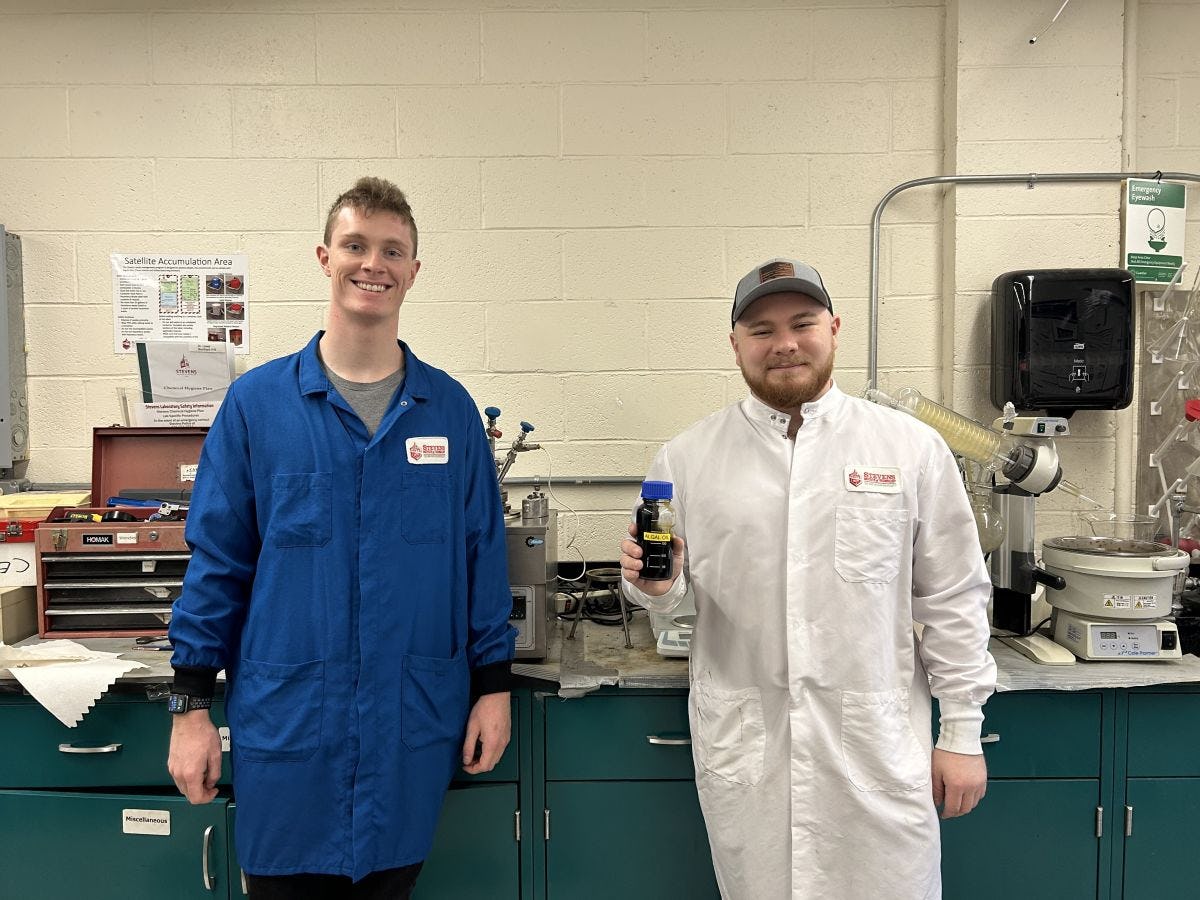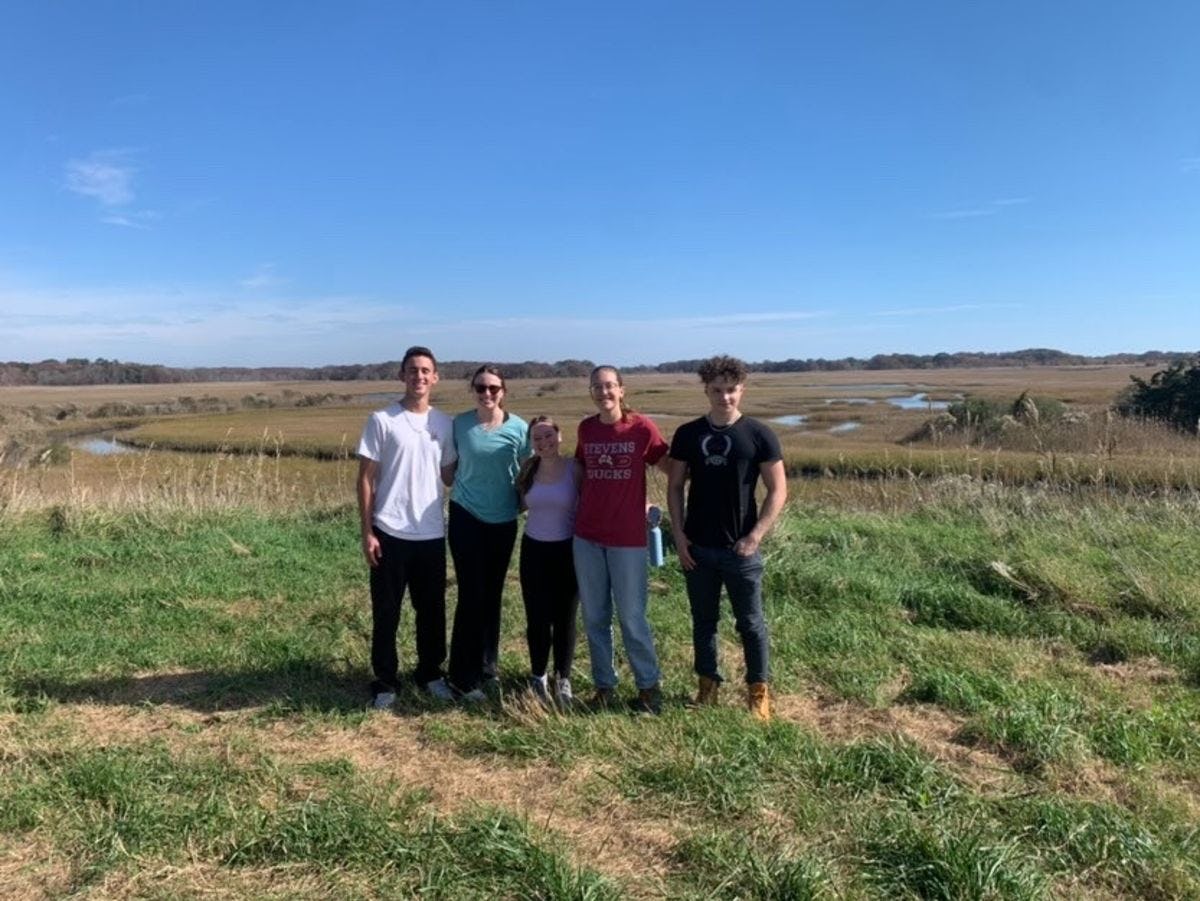Stevens Students Tackle Energy & Sustainability Challenges at Innovation Expo 2024
At the annual exhibition of senior design projects, many students rally around environmental causes
Stevens Institute of Technology, a campus that is powered 100% by renewable energy and holds LEED Gold Certification for green buildings, exerts particular research focus on six specific foundational pillars, one being Energy & Sustainability. At Stevens’ annual Innovation Expo, a day when seniors showcase their ingenuitive capstone projects, numerous teams will present their efforts toward sustainability and renewable energy.
Here is a preview of what Innovation Expo 2024, to be held on Friday, April 26 will hold.
Project: Microplastic Removal from Water
Microplastics, particles less than five millimeters in length, are continually spreading across the environment — to the detriment of both marine life and humans alike. In the ocean, microplastics disrupt nutrient- and carbon-cycling. In humans, reducing consumption of microplastics is critical, as they can penetrate biological membranes, possibly impacting health. Water treatment facilities — and by extension, the public, who rely on clean water sources — are adversely impacted by this pollution.
To address this challenge, chemical biology major Kaelan Chaubal ’24 created and studied filters as a means of removing microplastics from water. He tested water that contained microplastics, as well as bottled water for comparison. After their use, Chaubal examined the different filters with various techniques, including infrared spectroscopy.
Project advisor Patricia Muisener, teaching professor in the Department of Chemistry and Chemical Biology and associate chair for undergraduate studies, said, “Kaelan is passionate about the environment and chose a project that would align with his interests and strengths. As a Stevens student, Kaelan has gained foundational knowledge through his courses and developed the skills to become an independent learner and researcher.”
After graduation, Chaubal will go on to pursue a master's degree in environmental science.
“Throughout my time at Stevens,” he said, “I've greatly valued the life skills and sense of independence I've developed, particularly in managing my time effectively across various demanding projects.”
His research represents a promising step toward achieving cleaner water sources and fostering sustainable environmental practices.
Project: Catalytic Conversion of Algal Oils to Sustainable Aviation Fuel (Aero-Green)
Climate change due to anthropogenic global warming is one of the biggest environmental dangers the world faces today. Transportation accounts for 29% of total U.S. greenhouse gas emissions, with aviation fuel contributing a whopping 12% of all CO2 emissions from transportation, according to Adeniyi Lawal, chair of the Department of Chemical Engineering and Materials Science.
The aviation industry is transitioning toward the use of sustainable fuel alternatives to traditional fossil fuels in order to assist with net-zero goals. At present, the main alternatives available are blends of traditional fossil fuels with fuels derived from renewable biological feedstocks.
Lawal advised chemical engineering majors Rian Chowdhury ’24, Louden Moran ’24 and Cole Vonvorys ’24 for their Innovation Expo project, in which they took a new approach to the formulation of aviation fuel. In an effort to create a full replacement for fossil feedstock-based aviation fuel, the team utilized microalgae species and extracted lipid oils from them for conversion to sustainable fuels.
Chowdhury, who will work as a process engineer with the project's sponsor, Lummus Technology, upon graduation, said, “An important lesson I've learned from working on the senior design project is that sometimes experimental results might differ significantly from theoretical or simulation-based results, and that's okay! Theoretical results are based on assumptions that might not hold true in real-life scenarios, so it's always important to take that into consideration when conducting these experiments.”
Lawal said that the students “exceeded expectations in their understanding of the technical challenges associated with production of sustainable aviation fuel from algal oil. Overall, their problem-solving and critical thinking skills have been strengthened through this project.”
Chowdhury commented on the positive experience he’s had throughout his undergraduate education. “The biggest thing I value with my Stevens education is the hands-on experience that I get from working on projects such as this one,” he said.
Project: Higbee Beach Wildlife Management Area Restoration
During their site visit to Higbee Beach Wildlife Management Area in October of 2023, this senior design team discovered the beach’s infrastructure to be in significant disrepair. This 1,100-acre area is home to endangered, threatened and nongame wildlife. Millions of birds take refuge here during their fall migration season, marking Higbee Beach as a vital host to one of the world’s largest migrations.
The team, advised by Tsan-Liang Su, research associate professor; and Reza Marsooli, assistant professor (both in the Department of Civil, Environmental and Ocean Engineering), was comprised of environmental engineering majors Ryan Krawczyk ’24, Maggie Hodges ’24 and Lauren Hiley ’24; along with civil engineering majors Michael Cunningham ’24 and Claire Hannan ’24.
They assessed disrepair in trail systems, as well as a bridge-culvert system spanning a tidal creek coming from the beach. They also determined that erosion from this creek inhibited the tidal range for the marshland, limiting habitat for native and migratory species.
The Higbee Beach team provided consulting services to the New Jersey Department of Environmental Protection (NJDEP), which governs Higbee Beach Wildlife Management Area. Using various software and coding platforms, the seniors were able to model the channel, design 3D structures and complete economic calculations.
“Our project is interdisciplinary and is currently being carried out in real life by our sponsors (WSP), so we got to work alongside them and the project team from their company who are completing it as well,” said Krawczyk, who will join Brown and Caldwell as a staff environmental engineer upon graduation.
The team addressed each of these issues by working with the NJDEP to develop a new trail system, deepen the influent channel, implement oyster beds, replant native marsh grasses, redesign and construct the bridge and culvert, and design and construct bird blinds across the property.
Of the team’s work, Marsooli said, “This project exemplified the strength of teamwork, as students from civil and environmental programs worked collaboratively to restore habitat and enhance recreation at the Higbee Beach Wildlife Management Area.”
Su added, “The benefits of having students from different backgrounds and with different abilities to work on the same projects are impeccable.”



